Summer 2025: What’s Going on in Athens
A summer mix of cultural events...
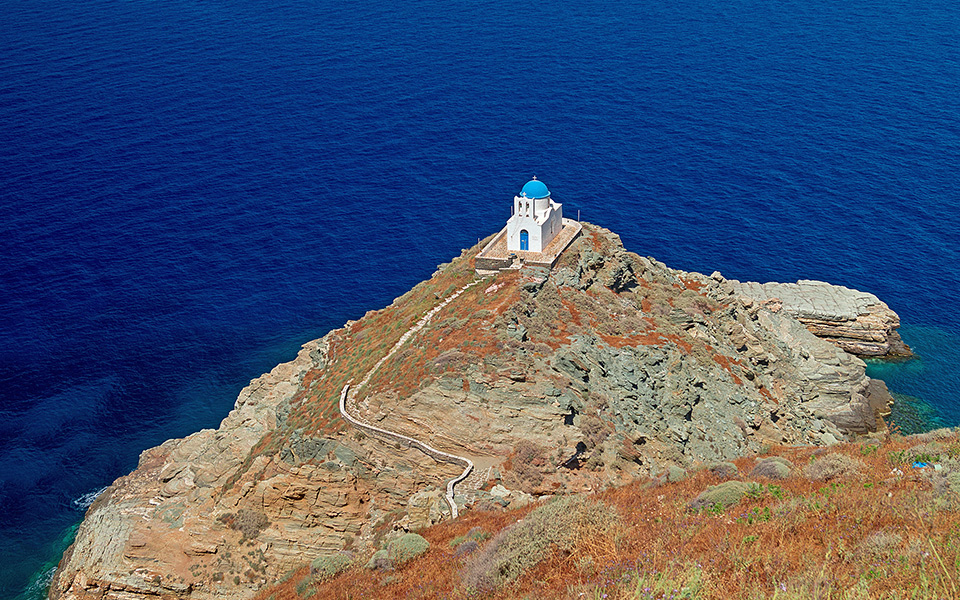
The island of Sifnos has a well developed network of trails
© Shutterstock
Phoebus Tsaravopoulos is on a mission to bring back to life the beautiful, but often neglected, paths of provincial Greece which can attract revenue through hiking tourism. A member of the World Trails Network, the 32-year-old travels the country and together with a group of researchers undertakes the development of hiking paths, in order to demonstrate, he says, “that if a path is designed and marked properly, it is a solid investment for the area.”
How did Paths of Greece come about?
It all started when I was asked to translate a French text on a website dedicated to Kythira. It was about the walking trails, and I traveled to the island to enrich the content. On Kythira, the trails were in poor condition and looking for trails was like searching for buried treasure in the vegetation. Paths of Greece began in 2010 with a team of specialists. We plan out, clean, mark the paths and organize promotional activities: we build websites and mobile apps, we participate in international thematic tourism exhibitions and ‘twin’ paths with those in other areas. So far we’ve marked 400 km of paths and explored over 2,000 km.
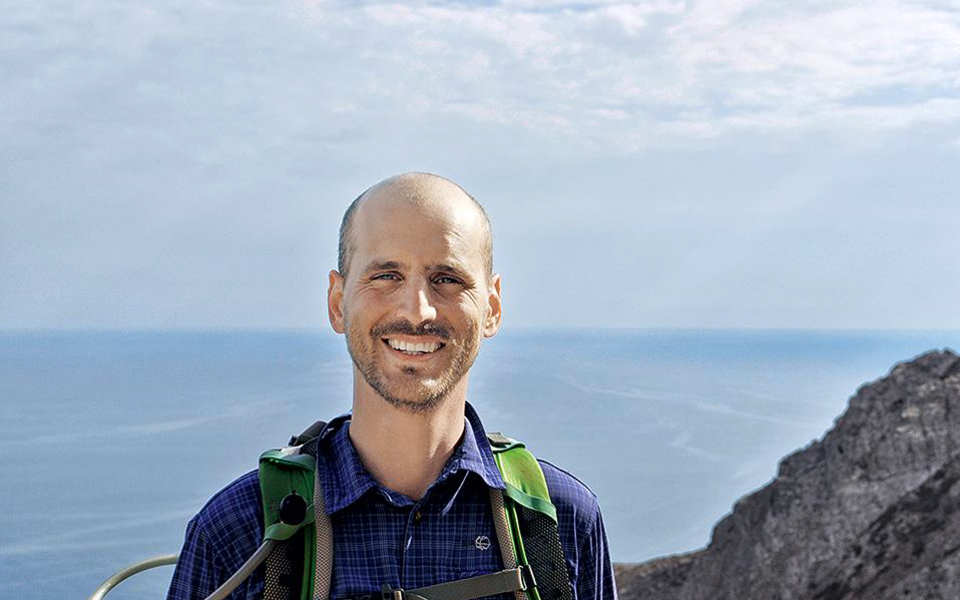
Phoebus Tsavaropoulos, founder of Paths to Greece
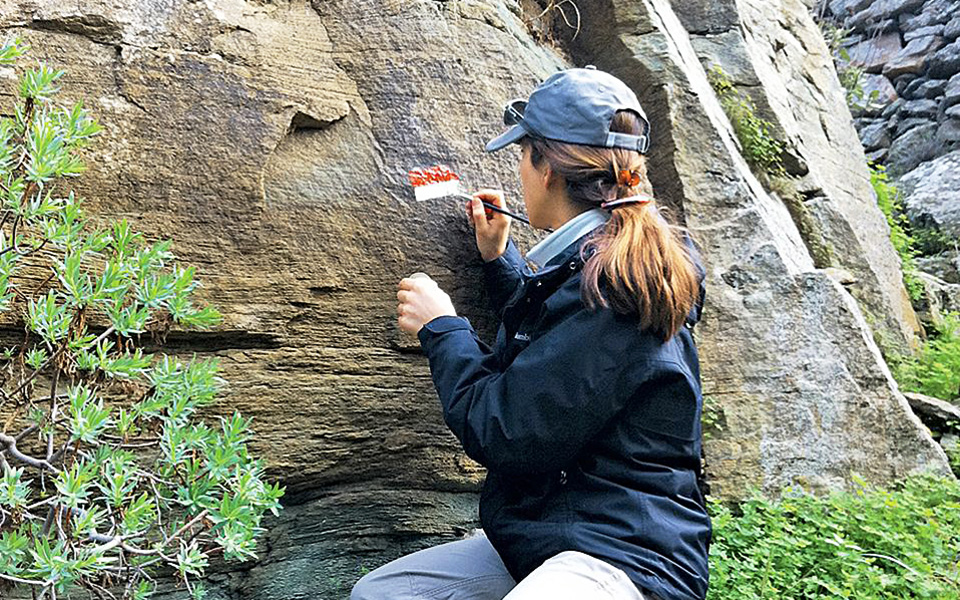
Members of Paths to Greece mark routes and publicise them to keep them in use
How hard is your job?
It’s a tough process. We study military maps; often we have to scour the ground for hours, following paths that have been abandoned for centuries. In Ithaca, the municipality invited us to create a new hiking network. Among the routes we followed was one which was supposedly followed by Odysseus. As we uncovered it, it went through an old rubbish dump! The biggest difficulty we face is the mentality that volunteers should fix these paths up and that they’re of little benefit to tourism or culture.
How is the local community involved in the defining and maintenance of the paths?
The locals are key. We try to make them part of this effort, which is why we channel all our knowledge to them. We don’t approach them as contractors, but to work with them and cultivate their love for the hiking trails. The most effective way to maintain the paths is for local and foreign hikers to point out any issues to local actors.
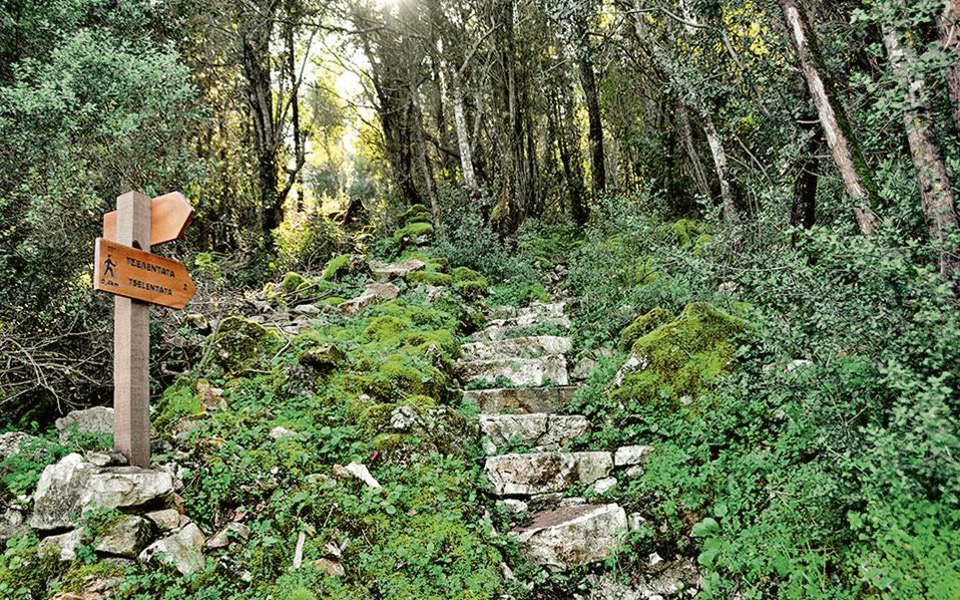
Does Greece attract foreign hikers?
Before we began expanding our network, the foreign trekkers were few. From 2010 onwards, as the economic crisis deepened, municipalities and tourism operators found that hiking tourism offered a good return on investment. In recent years, more than 50,000 foreign hikers have visited Greece per year. There are backpackers on budget trips but also retirees looking to combine quality with easy routes, and families with small children who are trying to encourage them to connect with nature. The majority are French, Germans, British, Dutch and Scandinavian hikers of medium to advanced levels.
What are the specific characteristics of Greece which fascinate foreign hikers?
The mountains are not so tall that they’re out of reach. They often end on beaches next to an inviting sea, not a wild ocean. You can have a swim and continue your hike. From one end of the country to another, the paths are permeated by Greek culture. Over a short distance, the hiker can enjoy not only major changes in the landscape but also the variety of the route which can join a humble mill with an ancient temple, a beautiful Byzantine church with the ruins of an ancient theater.
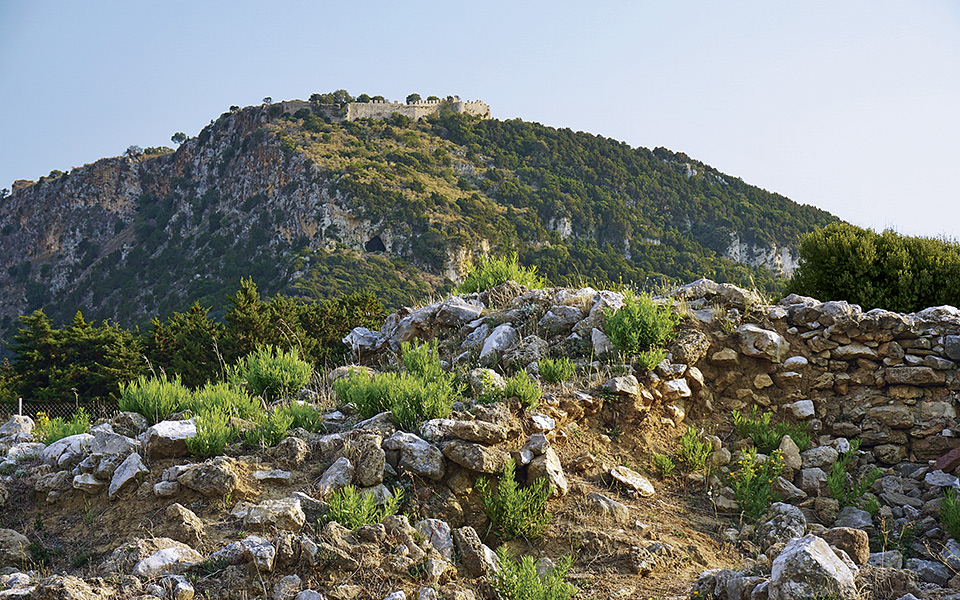
© Shutterstock
Greek hospitality completes the experience. “Come inside so we can offer you something.” “Why walk to the hotel, just stay here.” These are the things that hikers hear and it makes them adore Greece. With a little organization we can make the country one of the top 10 hiking destinations worldwide.
What are your plans for 2017?
We are designing networks in Alexandroupoli, in Hania, in the mountains of Messinia and have planned network expansions in Kythira. We’re trying to implement the idea of organizing a hiking festival, which will be hosted every year in a different place and depending on the season can alternate between the islands and the mountains. Once, walking trails connected different settlements; today they are connecting the past with the future and teaching us to respect nature and history. This interview first appeared in Kathimerini newspaper.
A summer mix of cultural events...
From Crete to Olympus, hike the...
Unexpected discoveries and timeless classics. Everything...
Take a walk on the wild...